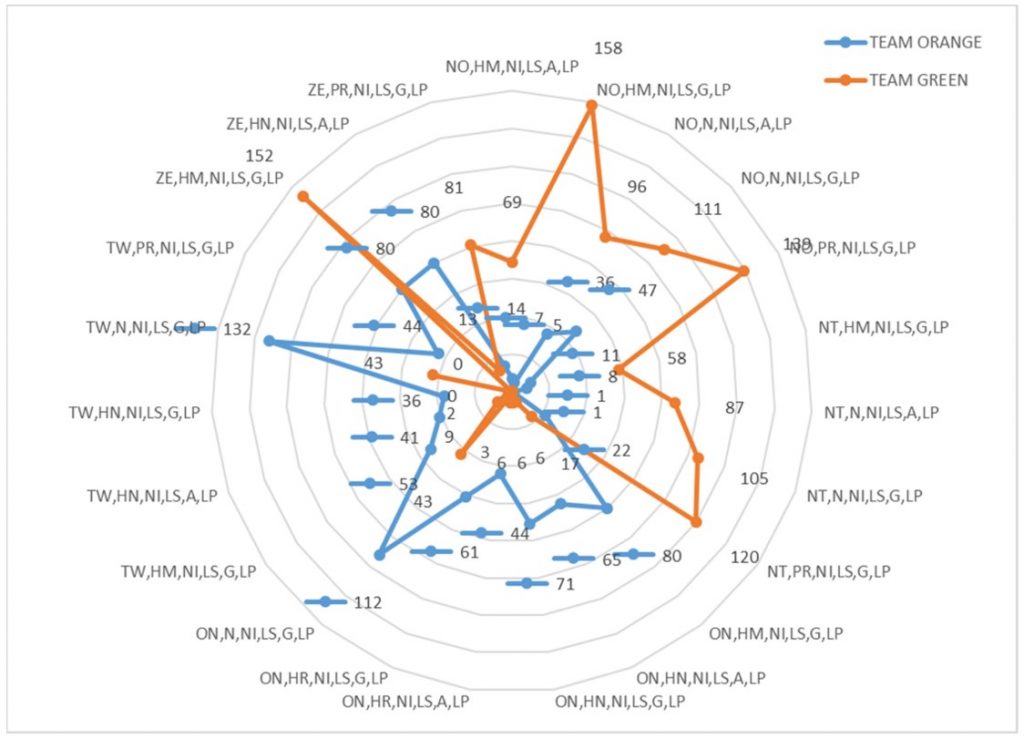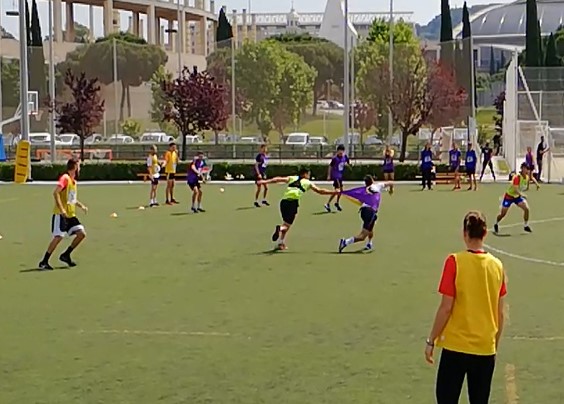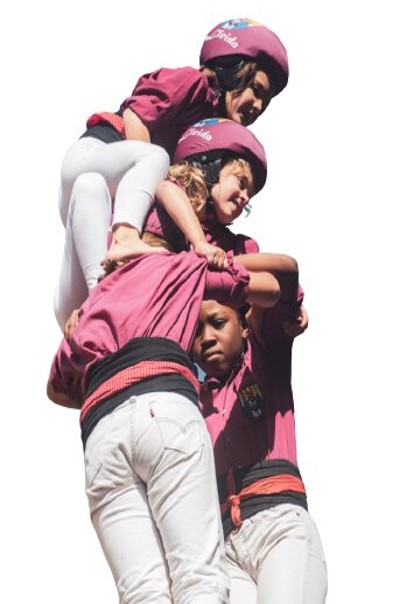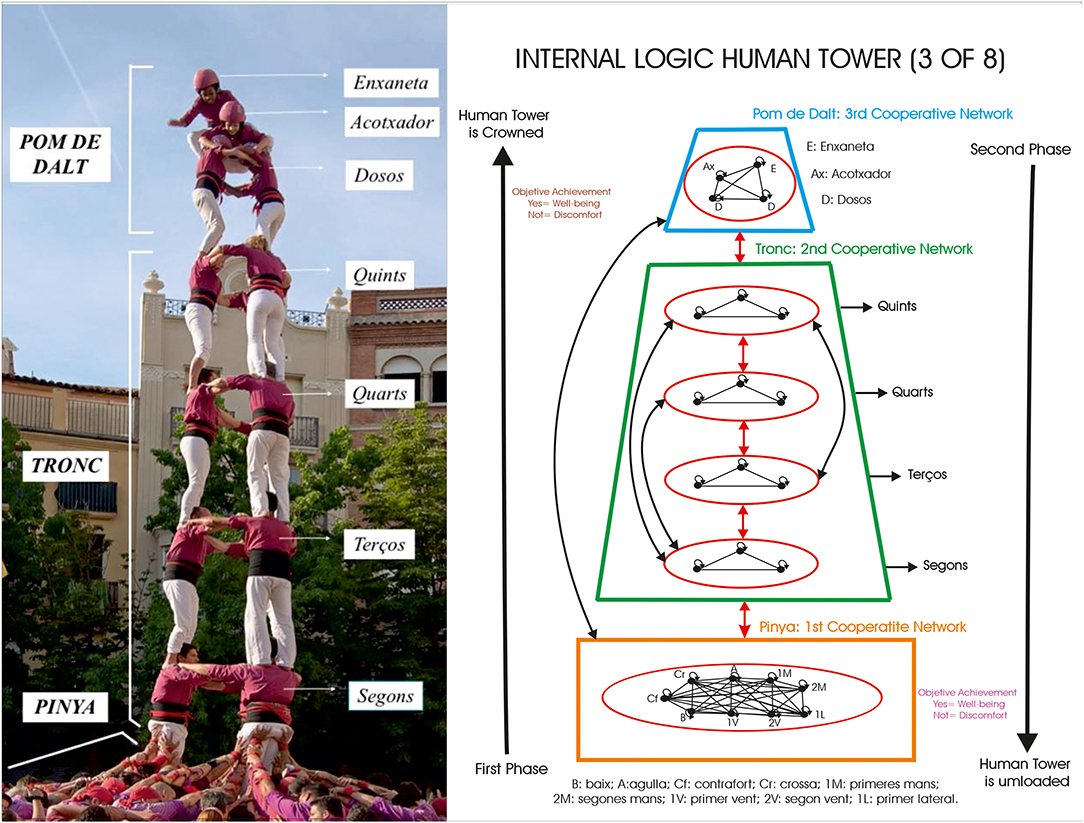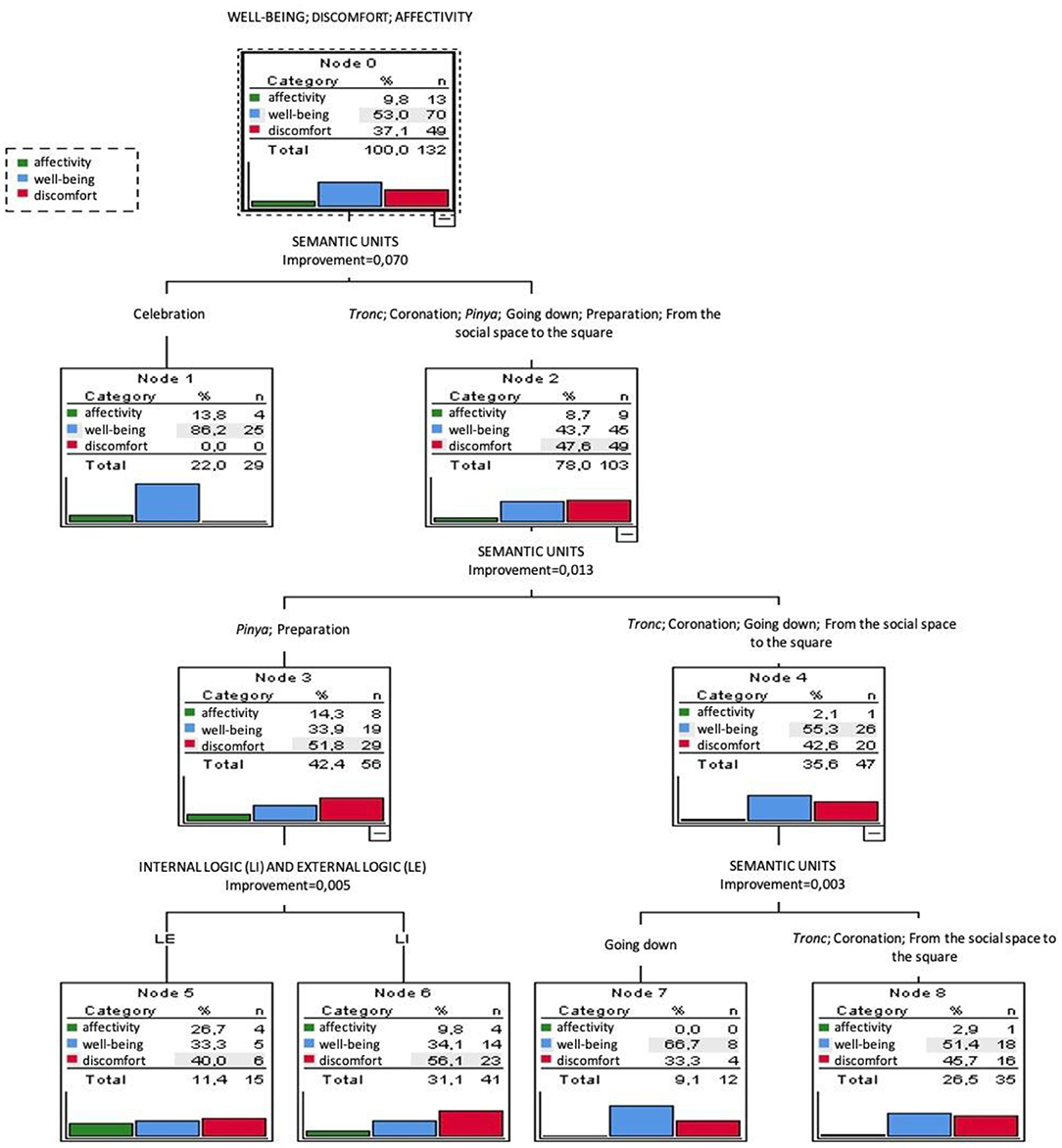Ha sido publicada en International Journal of Environmental Research and Public Health el artículo Relationships, Decisions, and Physical Effort in the Marro Traditional Sporting Game: A Multimodal Approach ( Relaciones, decisiones y esfuerzo físico en el Juego deportivo tradicional Marro: Aproximación multimodal)
La investigación tuvo el objetivo de estudiar la toma de decisiones de los jugadores en Marro (un juego deportivo tradicional) a través de un enfoque multimodal.
El principal hallazgo de este estudio es que se observan similitudes en diferentes contextos, ya que, al comparar dos partidas distintas, se reproducen varios patrones temporales comunes. Se demuestra que el esfuerzo físico del juego del Marro es intermitente, en el que los esfuerzos a alta intensidad de los roles principales (cazadores / liebres) normalmente modifican el marcador. No se observan vínculos entre el esfuerzo físico y la variabilidad del marcador en distintas partidas.
Estos resultados pueden ser útiles para comprender mejor el funcionamiento interno del juego Marro 360 ° ya que el uso de diversas metodologías y variables (enfoque multimodal) proporcionó hallazgos originales.
El trabajo, ha sido liderado por el investigador ![]() David Martín-Martinez 1, desarrollado con el equipo formado por los autores
David Martín-Martinez 1, desarrollado con el equipo formado por los autores 
![]() Cristofol Salas i Santandreu1,
Cristofol Salas i Santandreu1, ![]() Conchita Durán1,,
Conchita Durán1,, ![]() Queralt Prat1,
Queralt Prat1, ![]() Sabrine Damian-Silva1 ,
Sabrine Damian-Silva1 , ![]() Leonardo Machado 1 ,
Leonardo Machado 1 , ![]() Pablo Airés Araujo 1
Pablo Airés Araujo 1 ![]() Verónica Muñoz-Arroyave 1, Manuel Lapuente-Sagarra 4,
Verónica Muñoz-Arroyave 1, Manuel Lapuente-Sagarra 4, ![]() Jorge Serna1
Jorge Serna1 
BRIEF RESEARCH REPORT ARTICLE
Keywords: motor decisions-making; GPS; T-Patterns; acceleration; motor praxeology; role
Citation: Martín-Martínez, D.; Lavega-Burgués, P.; Salas-Santandreu, C.; Duran-Delgado, C.; Prat, Q.; Damian-Silva, S.; Machado, L.; Aires-Araujo, P.; Muñoz-Arroyave, V.; Lapuente-Sagarra, M.; Serna, J.; Pic, M. Relationships, Decisions, and Physical Effort in the Marro Traditional Sporting Game: A Multimodal Approach. Int. J. Environ. Res. Public Health 2021, 18, 10832. https://doi.org/10.3390/ijerph182010832
ABSTRACT: The purpose of this study was to examine the players’ decisions-making in Marro (a Traditional Sporting Game) through a multimodal approach. Each player’s decision-making assumes specific accelerations and decelerations associated with different effort. The research objectives were: (i) to study the decision-making associated with the roles of Hunter and Hare; (ii) to know the physical effort by the roles (Hunters and Hares); (iii) to reveal T-Patterns in the multimodal strategic approach (integrated with decisions and different physical effort) with a direct incidence on the scoring by roles. The study was performed with 22 male and 2 female players aged 18 to 25 (M = 19.4; SD = 1.3). The Marro game was played by two groups for eight minutes. An observational methodology was used, through a type III design. The observational design was nomothetic, one-time, and multidimensional. An ‘ad hoc’ tool was built to ensure the data quality. Univariate analyses were performed using Crosstabs Command, with adjusted residuals (AR), Classification Trees (Chaid model) and T-Pattern Analysis (TPA). Significant differences were found between matches using the scoring (p < 0.001; ES = 0.26), role (p < 0.001; ES = 0.31), or the organic variables of the study, the speed (p < 0.001; ES = 0.73), the metabolic power and the acceleration/deceleration the speed (p = 0.023; ES = 0.43), while the predictive model pointed to the variable role (p < 0.001) as the main factor responsible for the model growth. TPA (p < 0.005) revealed differences attributable to internal logic in the yellow (first match) and orange (second match) teams, while organic variables were more changeable in the violet (first match) and green (second match) teams. This study advances the individualization of the decision-making process. These results may be useful to better understand the internal of functioning of the Marro game 360° since the use of various methodologies and variables (multimodal approach) provided original findings.
1Motor Action Research Group (GIAM), INDEST, National Institute of Physical Education of Catalonia (INEFC), University of Lleida (UdL), Lleida, Spain , 2 Smart Performance & Sport Science, Faculty of Education and Sport, University of the Basque Country (UPV/EHU), 48940 Vitoria-Gasteiz, Spain, 3 Motor Action Research Group (GIAM), Institute of Sport, Tourism, and Service, South Ural State University, Chelyabinsk, Russia, 4 Development & Innovation on Conditioning & Exercise (DICFE) Research Group, National Institute of Physical Education of Catalonia (INEFC), University of Lleida (UdL), 2192 Lleida, Spain
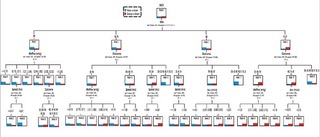
Figure 1. Predictive capacity of the scoring variable (two matches). Note. For easier reading of this figure, this classification tree has been segmented into different images, which are shown below. a
ABSTRACT: La finalidad de este estudio fue examinar la toma de decisiones de los jugadores en Marro (un juego deportivo tradicional) a través de un enfoque multimodal. La toma de decisiones de cada jugador asume aceleraciones y desaceleraciones específicas asociadas con diferentes esfuerzos. Los objetivos de la investigación fueron: (i) estudiar la toma de decisiones asociada a los roles de Czador y Liebre; (ii) conocer el esfuerzo físico por los roles (Cazadores y Liebres); (iii) revelar patrones temporales en el enfoque estratégico multimodal (integrado con decisiones y diferentes esfuerzos físicos) con incidencia directa en la puntuación por roles. El estudio se realizó con 22 jugadores masculinos y 2 femeninos de 18 a 25 años (M = 19,4; DT = 1,3). El partido de Marro fue jugado por dos grupos durante ocho minutos. Se utilizó una metodología observacional, mediante un diseño tipo III. El diseño observacional fue nomotético, único y multidimensional. Se creó una herramienta «ad hoc» para garantizar la calidad de los datos. Los análisis univariados se realizaron mediante el comando Crosstabs, con residuos ajustados (AR), árboles de clasificación (modelo Chaid) y análisis de patrón T (TPA). Se encontraron diferencias significativas entre partidos utilizando la puntuación (p <0,001; ES = 0,26), rol (p <0,001; ES = 0,31), o las variables orgánicas del estudio, la velocidad (p <0,001; ES = 0,73), la potencia metabólica y la aceleración / desaceleración (p = 0.023; ES = 0.43), mientras que el modelo predictivo apuntó al papel variable (p <0.001) como el principal factor responsable del crecimiento del modelo. TPA (p <0.005) reveló diferencias atribuibles a la lógica interna en los equipos amarillo (primer partido) y naranja (segundo partido), mientras que las variables orgánicas fueron más cambiantes en los equipos violeta (primer partido) y verde (segundo partido). Este estudio avanza en la individualización del proceso de toma de decisiones. Estos resultados pueden ser útiles para comprender mejor el funcionamiento interno del juego Marro 360 ° ya que el uso de diversas metodologías y variables (enfoque multimodal) proporcionó hallazgos originales

